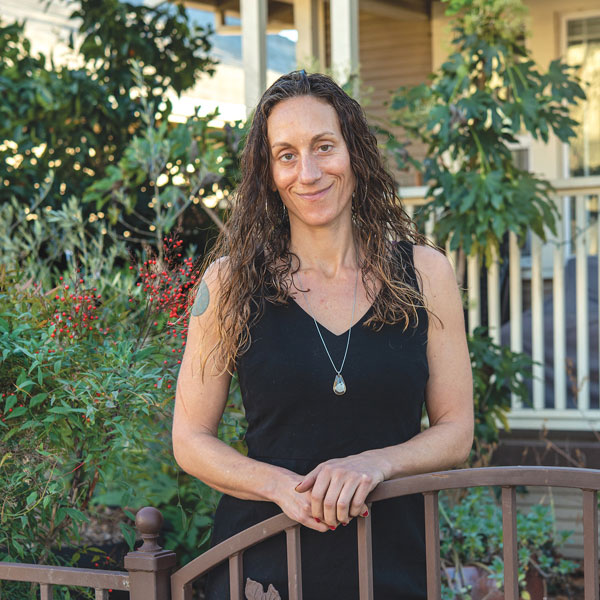
A Sensory Journey
Gabrielle Myers joins Inside Sacramento this month as our new Farm to Fork columnist. Her work celebrates and explores the region’s remarkable bounty of food.

Gabrielle Myers joins Inside Sacramento this month as our new Farm to Fork columnist. Her work celebrates and explores the region’s remarkable bounty of food.
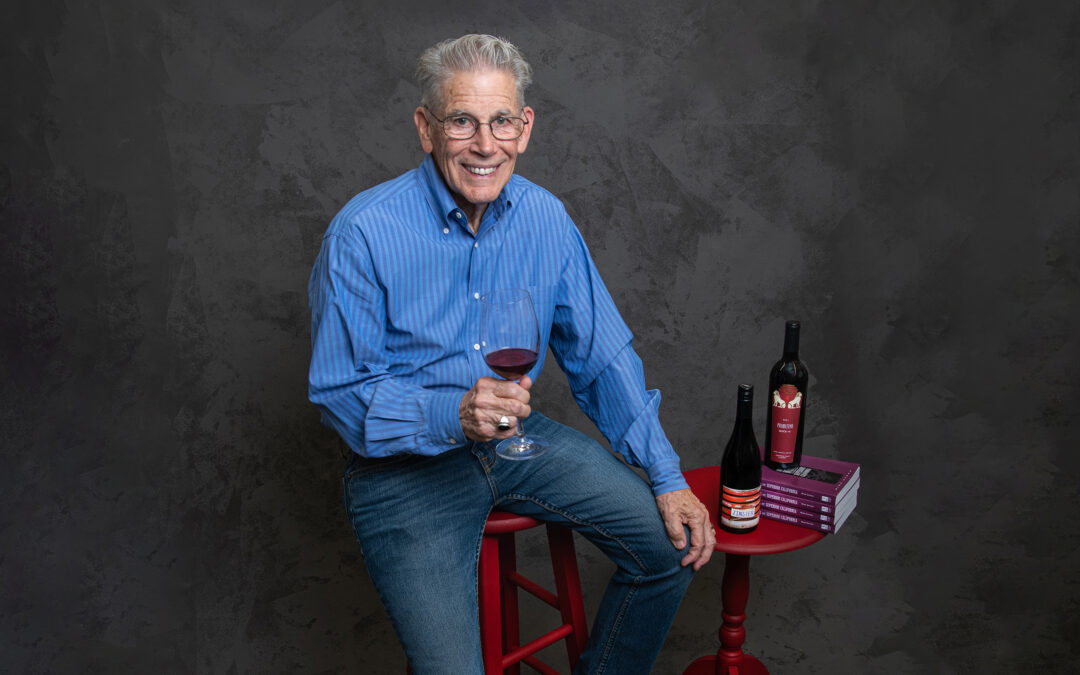
If the farm-to-fork movement has a scribe who tells the story, the scribe’s name is Mike Dunne.
In 50 years of writing about regional wine and food, Dunne followed the pioneers, witnessed their successes and setbacks, and helped set standards that fortified our position as California’s capital of culinary excellence.
Dunne spent most of those years at the Bee, where he wrote about wine and reviewed restaurants. Along the way he got to know luminaries such as Alice Waters, Julia Child, Robert Mondavi, Randall Grahm and Darrell Corti.
After reporting and thinking about their ideas for a half century, he notes they “continue
to have a lot of influence and set the standards. They have very strong voices within the California wine and food scene.”
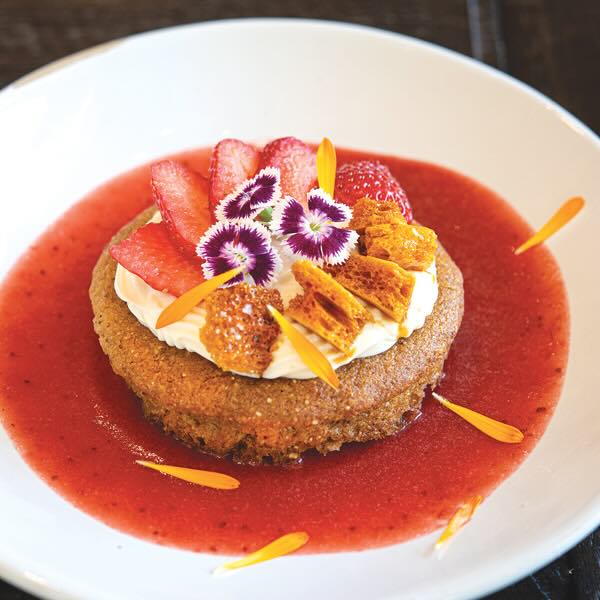
In Midtown, we can enjoy Capay Valley’s bounty without leaving our sycamore-lined streets.
The Yocha Dehe Wintun Tribe’s Séka Hills brand opened an olive oil, vinegar, honey and wine tasting room next to Ice Blocks.
“We’ve had eyes on a more urban location for a while,” says Jim Etters, Séka Hills director of land management. “Sacramento, especially Midtown, has a lot of people who are really interested in where their food comes from. We grow it, we process it, we package it and we take it to the consumer.”
The Midtown shop builds on the success of an original tasting room in the Yolo County town of Brooks. At the new store, I tasted six Capay Valley olive oils. From the mild arbequina to the buttery and delicate taggiasca, to the spicy and herbaceous picual, each oil is sustainably grown on land the Yocha Dehe Wintun are reassuming and caring for in traditional ways.
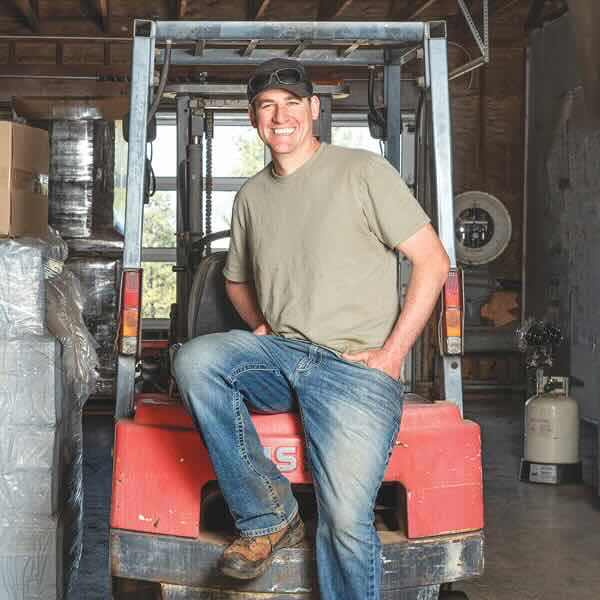
On a clear morning at Goldbud Farms in Camino, after rains saturated the hilltop, we walked rows surrounded by peach, apple and pear trees. Branches bristled with rouge, white and faint pink blossoms.
Trees were building for summer’s fruit yield—a perfect balance of sugar, acid and soil.
Goldbud grows award-winning grapes and heirloom peaches, nectarines, plums and pluots. The farm also produces organic citrus, such as blood oranges, tango and owari satsuma mandarins. There are Meyer lemons and yuzus, pears and apples.
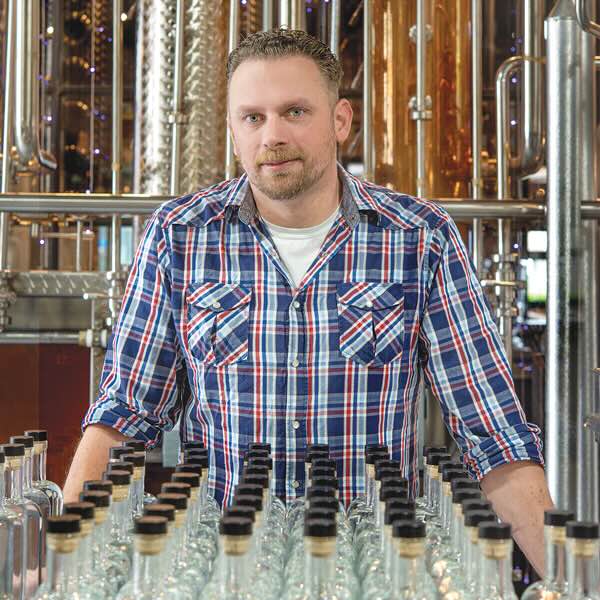
Midtown Spirits thrives on local ingredients. Almonds come from Blue Diamond, citrus from Food Co-op, Valley marshmallow, teas and spices from Allspicery in East Sacramento. Dill pickle vodka is unfused with pickles from Stockton. Cold brew coffee liquor is made with San Francisco Bay Coffee, based in Lincoln.
Midtown is the city’s first distillery since prohibition. Founders Dave Abrahamsen and Jason Poole sell craft distilled vodkas, gins, rums, coffee liquor and barrel-aged negroni. Midtown includes a bar and restaurant.
A huge copper still behind glass invites customers to appreciate the distilling craft while they sip cocktails and slushes. The still uses glycol to cool instead of water, saving our most precious natural asset.